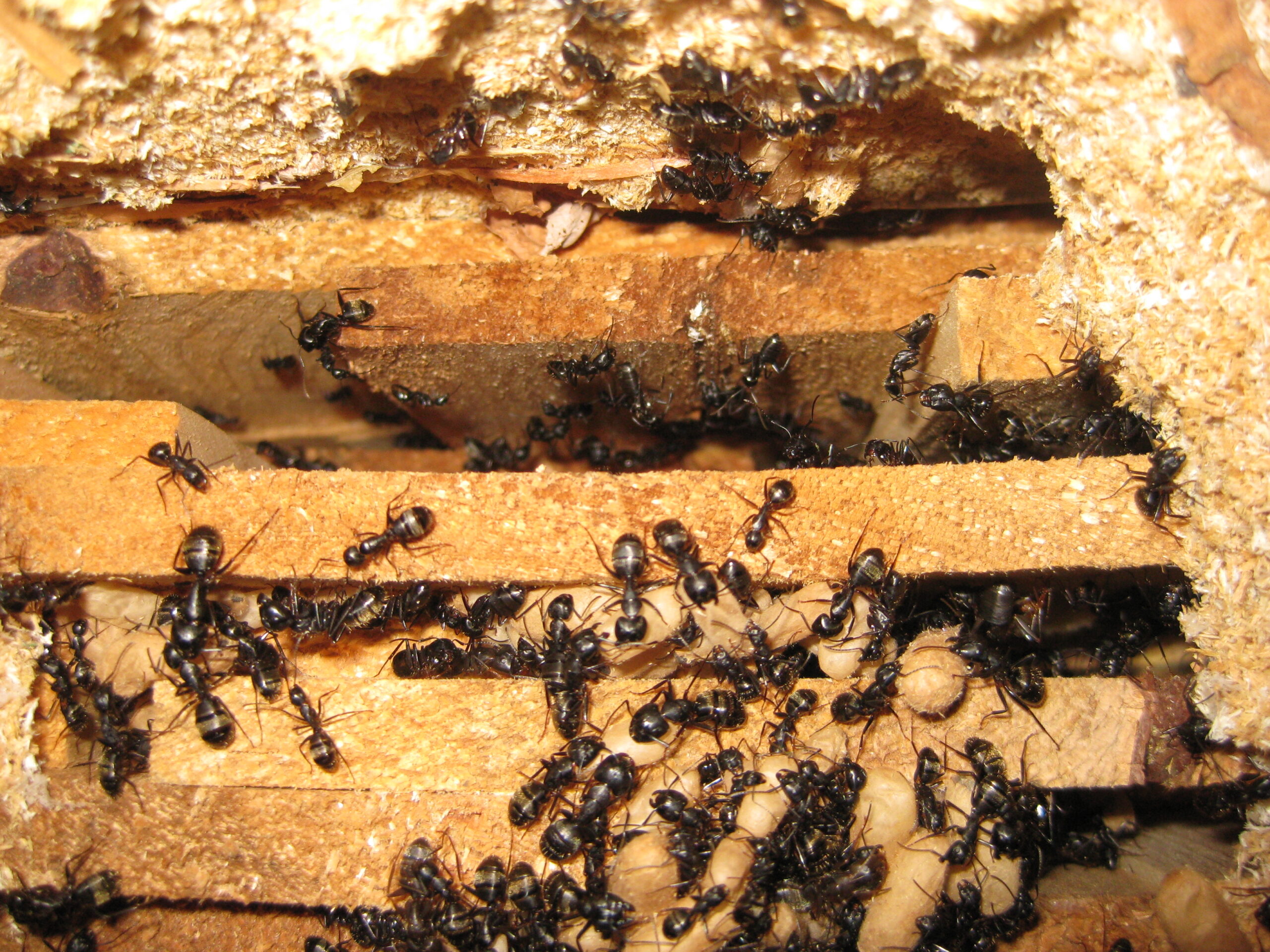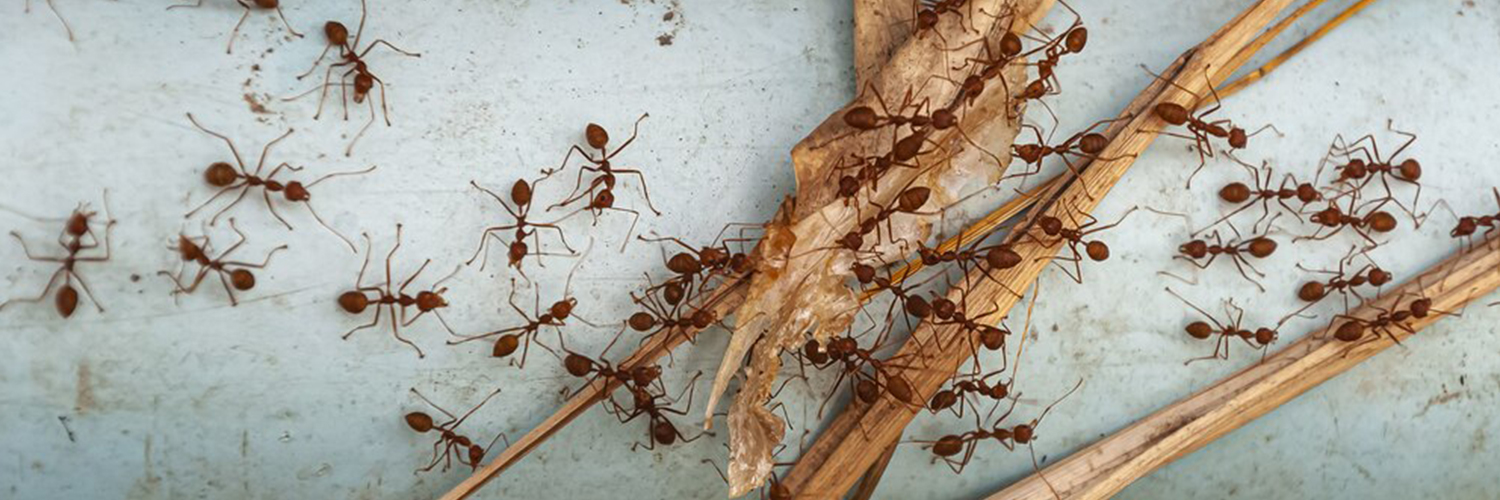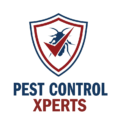Florida’s subtropical environment provides ideal conditions for a variety of insects to flourish, and ants rank high among them. In southern regions such as Homestead, near the tip of the Florida peninsula, ants thrive throughout the year due to ample warmth, humidity, and relatively minimal seasonal cooldowns. Whether they show up on kitchen counters, meander across floors, or form mounds in lawns and gardens, ants can quickly transition from a mild nuisance to a significant problem if their colonies are not managed promptly and effectively.
Below is a comprehensive overview of ant extermination in Florida, with particular attention paid to the types of ants most likely to invade homes or businesses in Homestead. By recognizing why ants proliferate in this region, understanding their common species, and learning about strategic control methods, you can more effectively address current infestations and prevent future ones.
Why Ants Flourish in Florida

Florida’s climate stands out for its high temperatures, abundant sunshine, and consistent humidity. These conditions enable ants to remain active nearly year-round, as they rarely face harsh winter weather that would slow or halt their life cycles. Key factors that boost ant populations in places like Homestead include:
- Long Warm Seasons
While colder climates experience freezing temperatures that can limit ant activity for months, Florida’s mild winters allow ants to keep foraging, breeding, and building nests. This uninterrupted cycle leads to dense ant populations that can pose persistent problems throughout the year. - Frequent Rainfall and High Humidity
Regular rainfall not only provides ants with the moisture they need, but can also flood their outdoor nests, prompting colonies to migrate indoors to avoid oversaturation. During drier spells, ants venture inside seeking water near sinks, bathtubs, or leaky pipes. High humidity levels help ants maintain their hydration, contributing to stable colony growth. - Abundant Food Sources
Florida’s lush environment supports diverse plant and insect life that ants can tap into as food. In urban or suburban areas like Homestead, household kitchens, trash receptacles, and uncovered pet food act as additional lures. Once ants locate any easy source of nutrition, they leave pheromone trails that quickly attract more of their colony members. - Minimal Dormancy
In colder regions, ants often enter periods of dormancy during winter. Florida’s subtropical weather eliminates or drastically shortens this dormancy period, allowing colonies to grow with minimal interruption. A queen ant that produces eggs year-round can found a thriving community in a matter of weeks. - Ongoing Development
As Homestead continues to grow, new construction disrupts natural habitats and can push ants closer to human structures. Landscaped areas, new foundations, and changes in drainage patterns often create conditions that facilitate ant nesting. Even minor gaps or cracks can serve as portals for exploring ants eager to check out a building’s interior.
Given these favorable circumstances, it is common to see multiple ant species making their homes in and around human dwellings. Effectively controlling them starts with accurate identification.
Common Ant Species in Florida
While Florida is home to numerous ant species, a handful turn up repeatedly in Homestead, both indoors and outdoors. Each type of ant has unique behaviors, dietary preferences, and nesting patterns, making precise identification vital for a successful extermination approach. Below are some of the species most frequently encountered:
- Carpenter Ants
Carpenter ants are among the largest ants in Florida. Their bodies can be black, red and black, or dark brown. Instead of consuming wood like termites, carpenter ants excavate galleries in damp or decaying wood for nesting. Over time, their hollowing can weaken wooden structures, particularly in areas prone to moisture intrusion such as attics, crawl spaces, or window frames. Spotting large ants near wooden areas or finding sawdust-like frass can be a clue that carpenter ants have moved in. - Fire Ants
Fire ants have a distinctive reddish hue and build earthen mounds, often in sunny, open areas like yards, lawns, or vacant lots. They are aggressive when their mound is disturbed, delivering painful stings that can cause welts and itching. These stings may provoke severe allergic reactions in susceptible individuals or pets. Prolonged rain can lead fire ants to seek higher ground indoors, and droughts can push them closer to household water sources. A well-designed plan that includes mound treatments is usually necessary to keep fire ant populations in check. - Ghost Ants
Ghost ants are extremely small and have a translucent abdomen, making their midsection and rear segments appear almost “invisible.” They commonly infiltrate kitchens and bathrooms, drawn by sugary residues or moisture. Because ghost ants can establish multiple nesting sites in a single structure—wall voids, potted plants, behind baseboards—spot-treating one area often fails to eradicate the entire colony. Their adaptability and tiny size allow ghost ants to slip through narrow crevices around windows, under doors, or through utility lines. - Argentine Ants
Argentine ants are small, brownish ants known for forming large, cooperative colonies with multiple queens. They travel along well-defined trails, often along baseboards or foundation lines, and can rapidly dominate an area once they discover it has reliable food or water sources. Argentine ants aggressively repel competing species and will move indoors if they find conditions favorable. These traits make them capable of establishing a pervasive presence both inside and outside a building. - White-Footed Ants
White-footed ants get their name from their paler-colored tarsi (feet), in contrast to their darker thorax and head. They usually nest outdoors in shrubs, dead wood, or leaf litter, but wander indoors if they locate consistent water or easy-access food. Colonies can grow to considerable sizes, with thousands of workers. Prolonged or frequent sightings may indicate multiple nests within or immediately surrounding the property. - Pharaoh Ants
Pharaoh ants are extremely small, often yellowish, and thrive in warm, humid spots like bathrooms, laundry rooms, or areas behind appliances. Disturbing a pharaoh ant colony with incomplete measures can trigger “budding,” where the colony splits into smaller groups and relocates. This characteristic makes them notoriously difficult to eliminate without specifically targeted strategies and thorough follow-up to ensure new satellite nests do not form.
Accurate identification of the ant species is the key to success: a treatment that works for Argentine ants may have minimal impact on pharaoh ants and vice versa. Understanding each species’ nesting preferences and dietary inclinations guides extermination efforts.
The Risks of Untreated Infestations
Although ants are small, their collective numbers and behaviors can lead to considerable inconveniences or hazards:
- Food Contamination: Ants travel through unsanitary spots like trash bins or drain pipes, then march over countertops or inside pantries. This behavior can spread bacteria or spoil ingredients.
- Structural Damage: Carpenter ants, in particular, can hollow out wood over time, resulting in costly repairs if the infestation remains unchecked.
- Painful Interactions: Fire ants inflict painful stings, posing heightened risks to children, pets, or anyone with allergies.
- Diminished Outdoor Enjoyment: Large ant mounds in lawns, gardens, or around porches may limit how comfortably homeowners and guests can enjoy outdoor spaces.
A swift response to ant sightings can prevent colonies from growing or splitting off into additional nests, thus limiting damage and stress.
Why DIY Methods Can Fall Short
Many property owners purchase ant sprays or place basic traps in an effort to cope with a mild ant invasion. While these products may eliminate the ants currently visible, they often fail to address root causes:
- Surface-Level Solutions: Sprays kill the worker ants on contact, but rarely reach queens or brood chambers deep in walls, soil, or wood. If the queen remains alive, new workers soon replace those lost.
- Incomplete Elimination: A misapplied solution for species prone to colony splitting, such as ghost ants or pharaoh ants, can spur them to bud into multiple nests. This scenario can intensify the problem.
- Wrong Bait: Not all ants share the same taste preferences. A bait appealing to sweet-feeding ghost ants might fail with protein-focused fire ants. Using the incorrect bait leads to minimal success, giving ants time to reorganize.
- Lack of Prevention: A one-time application does not close off entry points, seal cracks, or address underlying moisture issues. Without prevention, ants simply migrate back when conditions improve again.

The Advantages of Professional Ant Extermination
Tackling an ant problem thoroughly usually requires a combination of knowledge, specialized tools, and well-planned prevention strategies. Professional exterminators provide several benefits:
- Accurate Identification
A trained technician can spot subtle differences among ant species, from physical traits to nesting habits. This insight shapes the choice of baits or treatments most likely to succeed and prevents the spread of the colony through poorly matched methods. - Comprehensive Inspections
Professionals examine both indoor and outdoor areas, checking for ant trails, potential nest sites, and moisture problems. They also note any structural vulnerabilities—tiny gaps around doors, windows, or foundations—that ants exploit to move indoors. Finding the core nest or multiple satellite nests is critical to eradicating the colony entirely. - Specialized Treatments
A professional approach often includes baits specially formulated for each ant species, with slow-acting active ingredients that worker ants transport back to their nest. This tactic targets the queen and the brood, which is crucial for permanent resolution. For fire ants, mound injections or targeted treatments are often used. Meanwhile, carpenter ants may require direct applications in areas where wood rot or moisture buildup has occurred. - Prevention Focus
Effective ant control addresses not just the existing infestation but also future risks. Exterminators commonly advise on how to seal cracks and how to limit moisture around the property. Simple steps—like storing food in sealed containers, removing sugary spills promptly, or fixing leaks—can greatly decrease the chance of a repeat invasion. - Reduced Health and Environmental Risks
Targeted applications minimize unnecessary exposure to pesticides. By placing baits or applying products precisely where ant activity is highest, professionals ensure that the impact on beneficial insects or other wildlife is as minimal as possible. - Ongoing Monitoring
Even the best initial treatment plan may require follow-up inspections in Florida’s climate. New colonies can form if conditions remain attractive to ants, or if infiltration routes go unnoticed. Scheduling periodic checks ensures that any reinfestation is caught early, before it grows unmanageable.
Stages of a Successful Extermination Program
- Initial Assessment
The exterminator surveys the property, inside and out, to locate where ants are traveling, note the species present, and identify possible nesting sites. An understanding of local conditions, such as current weather or landscaping features, helps shape a more accurate plan. - Customized Treatment
Each species calls for specific methods. For instance:- Carpenter ants: Investigate damp or rotting wood, apply targeted dusts or baits in those areas, and correct moisture sources.
- Fire ants: Treat mounds directly, apply a perimeter barrier, or use broadcast baits specifically labeled for fire ant control.
- Ghost ants: Place sweet-based baits where ants forage, seal entry points, and possibly treat known nesting sites behind walls or under floors.
- Argentine ants: Deploy protein or sweet baits along trails, reduce any outdoor conditions that encourage massive colony growth.
- Colony Elimination
The core objective is to neutralize the queen(s), ensuring that workers can no longer be replaced. Slow-acting baits allow infected workers to bring the active ingredient back to the nest, distributing it throughout the colony. Identifying multiple queens in large species (like Argentine ants) often requires strategic product placement both indoors and outdoors. - Repair and Exclusion
Fixing leaky pipes, installing door sweeps, and sealing cracks along windows or foundations are integral to preventing fresh ants from entering. Additionally, yard maintenance—removing debris piles, trimming shrubs away from exterior walls—limits harborage sites. - Follow-Up and Prevention
After the initial treatment, periodic checks can verify whether ants have re-emerged or discovered new routes inside. Small lifestyle changes—such as keeping kitchen surfaces cleaner, promptly disposing of trash, and managing standing water—bolster the long-term effectiveness of any professional extermination service.

Serving Homestead
These techniques and methods of ant control are particularly relevant for residents and businesses in Homestead, a community known for its proximity to natural reserves and agricultural zones. Abundant farmland, tropical fruit groves, and a sprawling suburban layout mean that ants have multiple foraging and nesting opportunities. Properties located near wetlands or canal systems may also have an increased presence of pest insects.
Whether you own a single-family home, manage a commercial property, or oversee an agricultural operation, persistent ant colonies can disrupt daily activities, damage structures, and introduce health concerns. By identifying species, addressing conducive conditions, and employing targeted solutions, it is possible to limit ant activity significantly—even in a subtropical location like South Florida where insects are notoriously abundant.
Why a Comprehensive Approach Matters
- Local Know-How
Specialists familiar with Homestead’s subtropical climate, local vegetation, and common ant species can pinpoint issues more quickly, preventing colonies from growing unchecked. - Long-Term Impact
Single-application treatments might eradicate visible ants, but deeper, colony-focused interventions are required for sustained relief. Incorporating prevention and routine checkups keeps reinfestation at bay. - Safety and Efficiency
Incorrectly applied pesticides or random baits can harm non-target species and fail to eliminate the problem. A measured approach ensures that the chosen tactics align with each specific ant species’ biology and habits. - Saving Time and Money
Continuous do-it-yourself attempts can become costly over time, especially if partial fixes lead to repeated infestations. Professional guidance targets the root cause once, greatly reducing the cycle of trial and error. - Enhanced Living Environment
Maintaining an ant-free space allows you to enjoy your property—both indoors and outdoors—without the stress of scattered ants on surfaces or painful stings in the yard. This is particularly important for families, pet owners, and anyone who takes pride in a clean, welcoming environment.
Taking Action
If you see frequent lines of ants on window sills or countertops, notice mounds in your yard, or suspect hidden nests in walls or attic spaces, you have reasons to act swiftly. Ant colonies expand quickly under Florida’s favorable conditions, making early intervention your strongest advantage. By contacting a professional who recognizes the local species, you gain access to a customized plan that aims to eradicate ants at their source and halt further colonization.
Contact us to learn more or schedule your service. Together, by focusing on colony-focused treatments, sealing off access points, and improving sanitation, you can enjoy the benefits of Homestead’s beautiful surroundings without the continuous nuisance of invasive ant populations. A targeted, knowledgeable approach can turn an insect dilemma into a manageable situation, providing peace of mind and protecting both property and quality of life.
